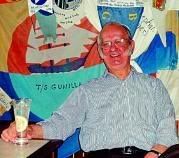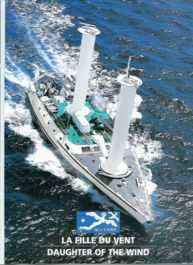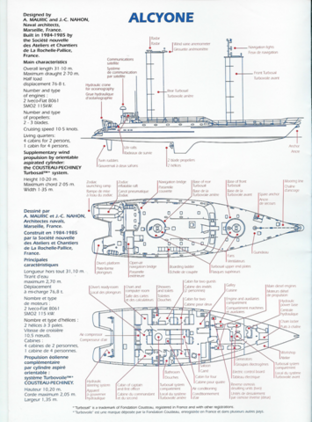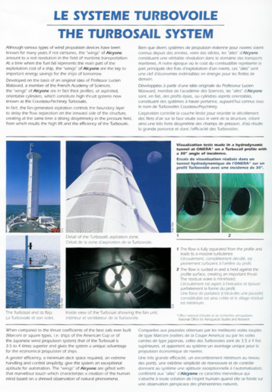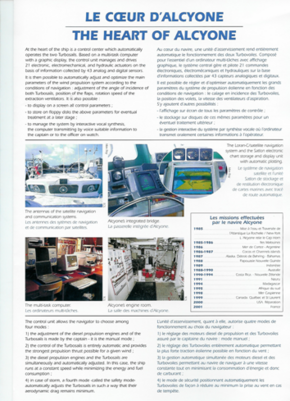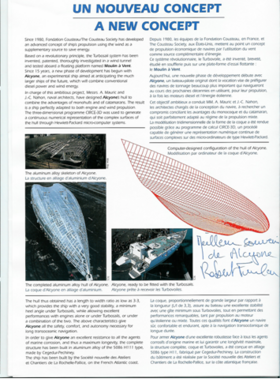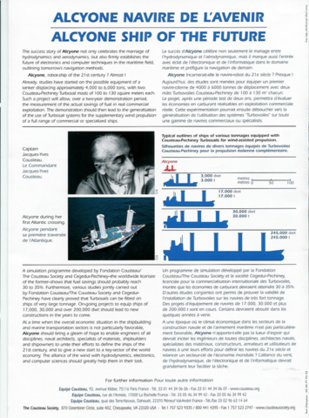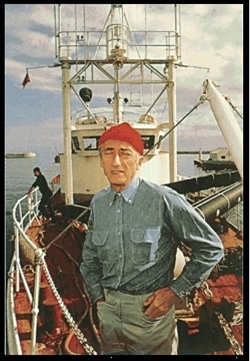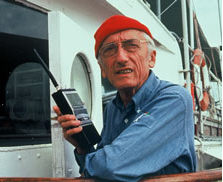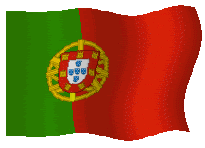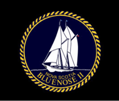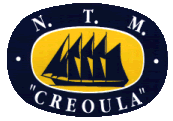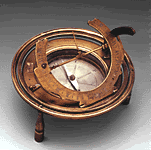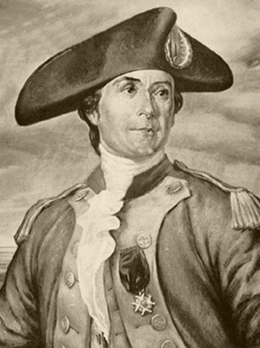
After several successful years as a merchant skipper in the West Indies trade, John Paul emigrated to the British colonies in North America and there added "Jones" to his name.
O CABO DO FIM DO MUNDO ONDE A TERRA SE ACABA E O MAR COMEÇA

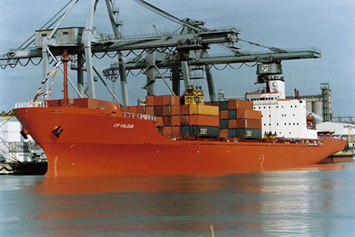
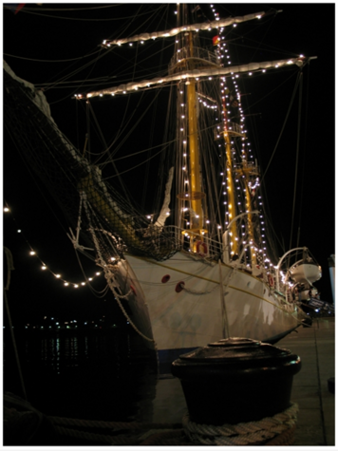
The contract for building a sailing ship was signed on September 4th 1930 with the German shipbuilding company "H. C. Silken Zon" in Hamburg. They named it "Jadran", and it first plunged into the sea on June 25th 1931. Meanwhile there was a dispute with the shipbuilding company because of the devaluation of the German mark in the market and the payment of war compensation, so that the "Jadran" had not been completed until June 27th 1933, when it first set sail for its homeland. It sailed into Tivat, today's home port of the "Jadran", on July 16th 1933 at 10 a.m. where it was given a formal reception and greeted by a crowd of people.
As early as the next year the sailing ship "Jadran" started going on cruising. Prior to World War II there were seven journeys outside the Adriatic, and only five in post-war period, because the main sailing ship at the time was famous "Galeb". The place that was unjustifiably taken away from sailing ship "Jadran" was bestowed upon again in 1997, when it cruised to Greece.
The most interesting and the longest journey of the "Jadran" (11.262 NM) was to North America, New York and Boston. Upon the invitation of our emigrants, the sailing ship set sail from Dubrovnik on April 20th 1938, to sail into the NYC port on June 21st 1938 through Malta, Gibraltar, Madeira and the Bermudas. It remained in New York for 16 days and was visited by thousands of our emigrants, and the branch office of "The Adriatic guard" from New York gave them the war flag. It is interesting that the crew visited our famous scientist Nikola Tesla on the occasion and gave him the carving of the ship. After this the ship stayed for five days in Boston before it set sail for fatherland.
During World War II the sailing ship "Jadran" was used by the Italian Navy also as a sailing boat, but under the name of "Marco Polo". The agony of the ship started from the moment when Italy surrendered. Totally neglected, bared and plundered, it saw the end of war anchored in one of the Venice canals serving as a bridge. After it had been returned to Yugoslavia in 1946 and overhauled in the "Sava Kovacevic" Maintenance Bureau in Tivat, the experts from the Bureau finished reconstructing the ship to its original form by the middle of 1949. From then onwards, the ship "Jadran" has been maintained and overhauled on regular basis and that's why it belongs to one of the most beautiful types of "barkantine" sailing ships.
